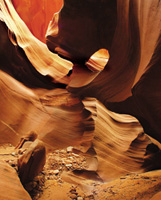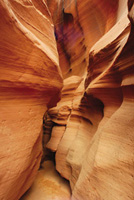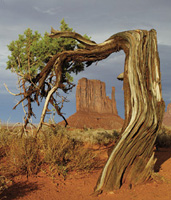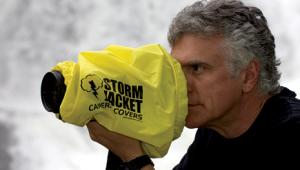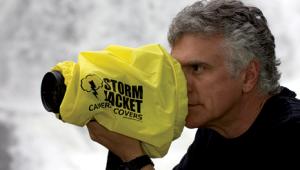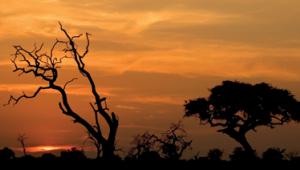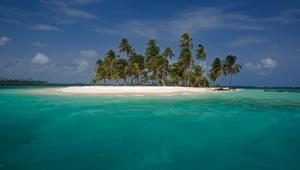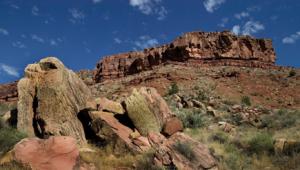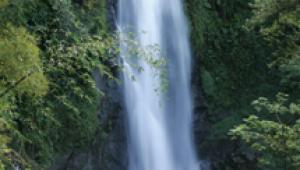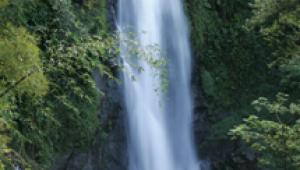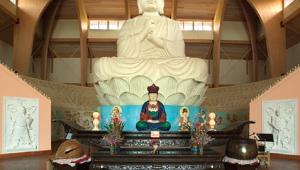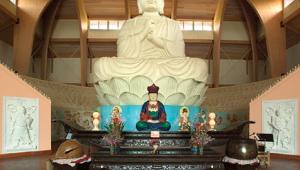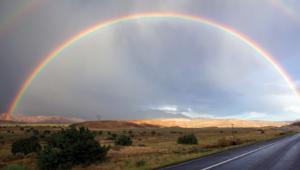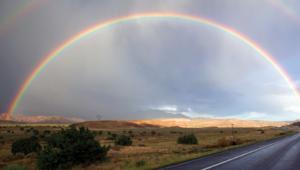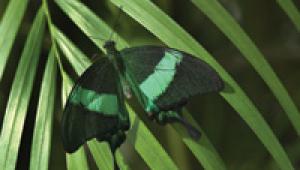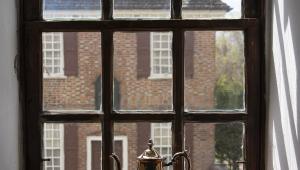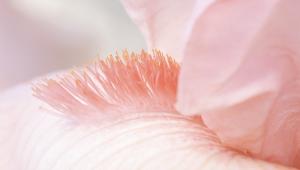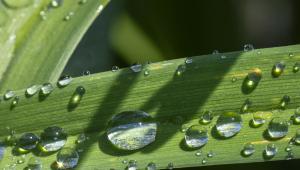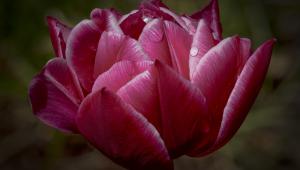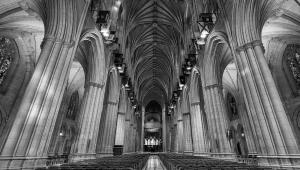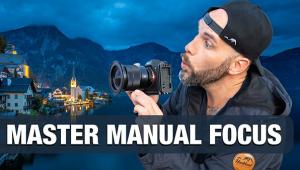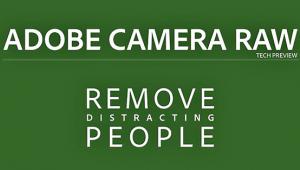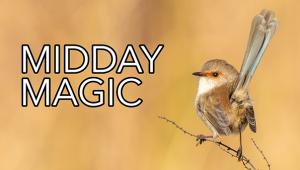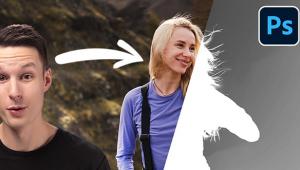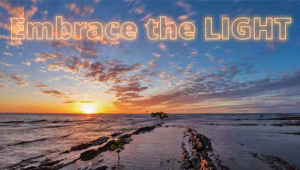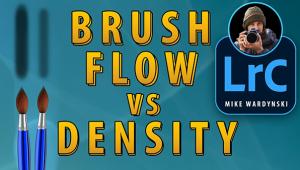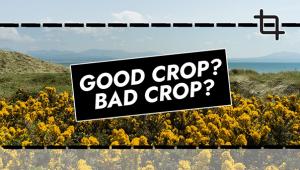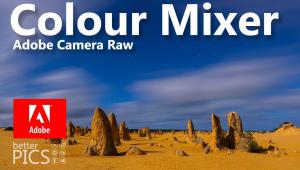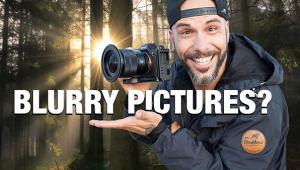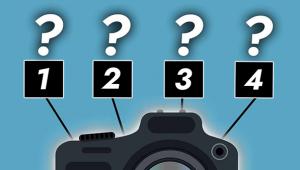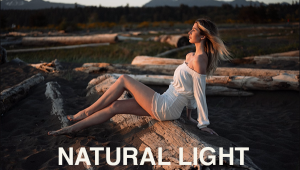Globetrotter
Shooting The Slots
From a purely sensuous point
of view, few outdoor scenes beat Arizona's Upper Antelope Canyon
and Lower Antelope Canyon, two of the best-known slot canyons in the
world. |
|||
Once in Page, where you can
easily rent a car and find a hotel room, you hop in your car and drive
down Route 98 toward the power plant, Page's main landmark that
billows smoke into the air through tall smokestacks. Signs mark the entrances
to both canyons, which are on opposite sides of the road, about a half-mile
apart. You can explore Lower Antelope
Canyon on your own, after you are guided to the entrance, a narrow slot
in the ground that leads to a metal ladder that you climb down. |
|||
Spring, summer, and fall are
good times to visit the area--unless you want to photograph some
nice snow scenes. You'll definitely need a tripod to steady your camera in the relatively low-light conditions. You'll also need a wide angle lens in the 16-24mm range if you want to take in large areas of the canyons. I'd also suggest using a small aperture, say f/11, for good depth of field. |
|||
Another challenge you'll
face is getting a picture without other photographers in the scene. I
found that if you work as a team with the others in your group, you will
all have a much better chance of getting good shots during your self-guided
tour. One-hour and two-hour tours are standard in Upper Antelope Canyon,
but you can spend an unlimited time in Lower Antelope Canyon. I spent
about one hour in each canyon and was very pleased with my pictures. |
|||
While you are in the area,
take an hour and photograph Horseshoe Bend, about four miles south of
Page on Route 89 (not Route 98). There are no identification signs, so
as you are driving, look for a dirt road and parking lot on the right
side of the road. It's a spectacular formation carved by the Colorado
River. For the best light, go in early morning. Bring a wide angle lens
(16-24mm), polarizing filter, gradual filter, and tripod. |
|||
In closing, my guess is that
you will take more pictures than you anticipated...so be prepared
with plenty of film or memory cards. Rick Sammon is the author of "Rick Sammon's Complete Guide to Digital Imaging." Contact Rick at RickSammon@aol.com for information. Rick is also leading a "Shutterbug" digital photography workshop to the slot canyons in May of this year. |
- Log in or register to post comments

